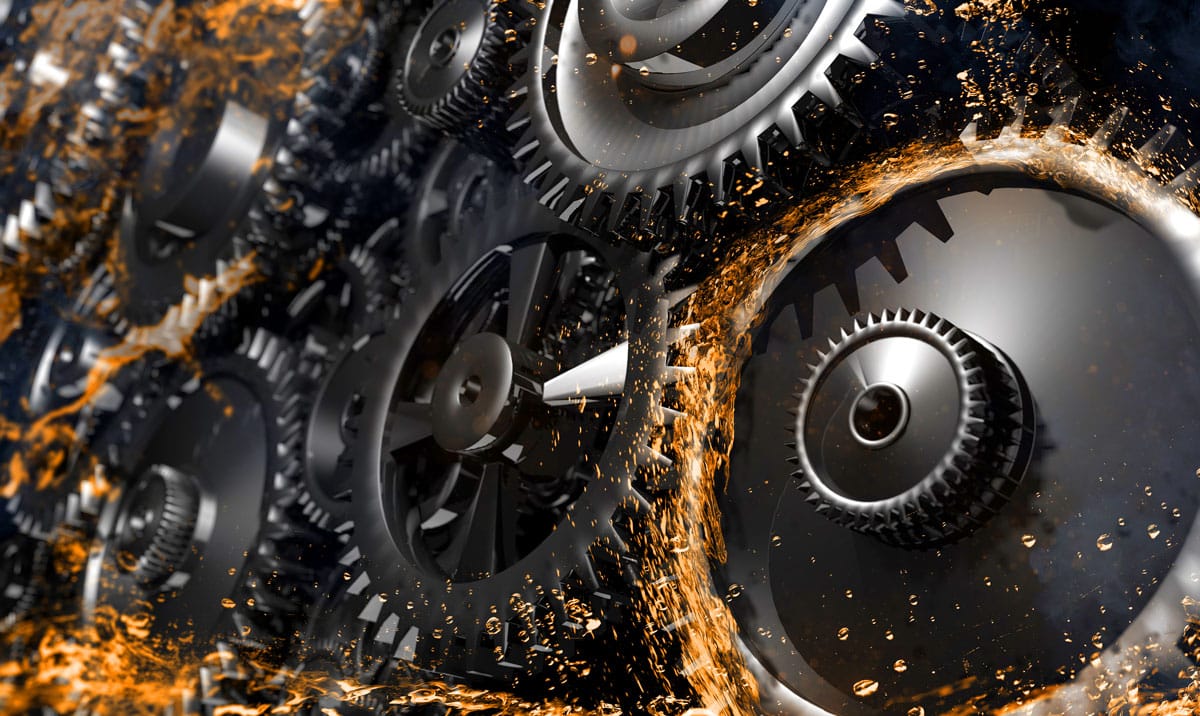Industrial lubricants are essential for ensuring the smooth operation and longevity of heavy machinery, especially in demanding sectors like construction, manufacturing, and transportation. Despite their critical role, many organizations fall into common pitfalls when selecting, applying, or maintaining lubricants. These mistakes can lead to equipment inefficiencies, increased maintenance costs, and even catastrophic failures. At EVISCO, we emphasize the importance of understanding these common errors and how to prevent them to maximize the benefits of Industrial Lubricants.
The Importance of Proper Lubrication in Industrial Equipment
Before diving into common mistakes, it is crucial to understand why industrial lubricants are so important. They reduce friction between moving parts, protect against wear and corrosion, dissipate heat, and prevent contamination from damaging sensitive components. When used correctly, lubricants extend equipment life, improve efficiency, and reduce downtime.
However, improper lubrication practices can negate these benefits and may even accelerate machinery deterioration. Recognizing and avoiding typical errors is vital for maintaining optimal equipment health.
Common Mistakes in Using Industrial Lubricants
Using the Wrong Type of Lubricant
One of the most frequent mistakes is using a lubricant that does not match the equipment manufacturer’s specifications or the operating conditions. Different machines require specific lubricant types, such as engine oils, hydraulic fluids, gear oils, or greases, each formulated for particular functions.
Using the wrong lubricant can result in inadequate protection, excessive wear, or even chemical incompatibility that damages seals and components. For example, employing a standard oil where a high-performance synthetic is needed can lead to premature breakdown under high temperatures or loads.
Ignoring Lubricant Contamination
Contamination is a silent enemy of lubricant effectiveness. Dirt, water, dust, and metal particles can enter lubrication systems during routine operations or maintenance. Contaminated lubricants lose their protective qualities and cause abrasive wear inside machinery.
Failing to monitor and control contamination often leads to unexpected failures and costly repairs. Many users underestimate the importance of cleanliness when handling lubricants or neglect filtration and sealing measures.
Over-Lubrication or Under-Lubrication
Applying too much or too little lubricant is another common problem. Over-lubrication can generate excess heat and pressure inside components, leading to seal damage or lubricant leakage. On the other hand, under-lubrication leaves metal parts exposed to friction and wear.
Both extremes compromise equipment reliability and increase maintenance demands. Precise lubricant quantities and correct intervals must be maintained to optimize protection and performance.
Delaying Lubricant Changes
Industrial lubricants degrade over time due to oxidation, contamination, and thermal stress. Continuing to use old or degraded lubricant reduces its ability to protect machinery effectively.
Neglecting scheduled lubricant changes increases the risk of mechanical failures, as the lubricant can no longer provide adequate friction reduction or corrosion prevention. Some operators delay oil or grease replacement to save costs but end up facing much higher repair bills later.
Failing to Monitor Lubricant Condition
Simply changing lubricants on a fixed schedule without condition monitoring can be inefficient. Conversely, ignoring lubricant condition altogether risks missing early warning signs of machinery issues.
Lubricant analysis through sampling and testing reveals contamination levels, viscosity changes, and additive depletion. Regular monitoring helps optimize lubrication intervals, avoid unnecessary changes, and detect developing equipment problems early.
Not Training Staff on Proper Lubrication Practices
Effective lubrication management requires knowledgeable personnel. Many industrial sites fail to train operators and maintenance staff on correct lubricant handling, storage, and application techniques.
Lack of training leads to mistakes such as mixing incompatible lubricants, contamination during refills, or incorrect lubrication frequency. Educating teams helps maintain consistent lubrication standards and prevents avoidable errors.
How to Avoid These Mistakes and Optimize Lubrication
Follow Manufacturer Guidelines
Always start with the equipment manufacturer’s lubrication recommendations. These guidelines specify lubricant types, grades, and change intervals tailored for each machine model. Using approved lubricants ensures compatibility and maintains warranty coverage.
Maintain Cleanliness and Proper Storage
Store lubricants in clean, sealed containers away from moisture and dust. Use clean tools and funnels during lubricant application to prevent contamination. Implement filtration systems where applicable to remove particles from lubricants in use.
Apply the Correct Amount of Lubricant
Use precision dispensing tools and measure lubricant quantities according to manufacturer instructions. Avoid guesswork to prevent over or under-lubrication. Schedule lubrication intervals based on actual equipment usage and operating conditions.
Regularly Change and Monitor Lubricants
Establish a maintenance schedule for lubricant changes, but also incorporate lubricant condition monitoring through laboratory analysis. This approach ensures lubricants are replaced only when necessary, saving costs and improving reliability.
Train and Educate Maintenance Staff
Invest in training programs to equip your teams with lubrication best practices. Provide clear procedures for lubricant selection, storage, application, and monitoring. Encourage ongoing learning to keep up with new lubricant technologies and methods.
Conclusion: Maximizing Equipment Performance Through Smart Lubrication
Industrial lubricants are indispensable for protecting and enhancing heavy machinery, but improper use can undermine their value. By avoiding common mistakes such as wrong lubricant choice, contamination, improper application, delayed changes, lack of monitoring, and insufficient training, companies can significantly improve equipment efficiency and lifespan.
At EVISCO, we recommend a proactive lubrication strategy that combines quality products, adherence to guidelines, cleanliness, condition monitoring, and staff education. This holistic approach not only reduces maintenance costs but also minimizes downtime and boosts overall operational success.
Taking care of your lubrication practices today means safeguarding your machinery and your business’s future productivity and profitability.




